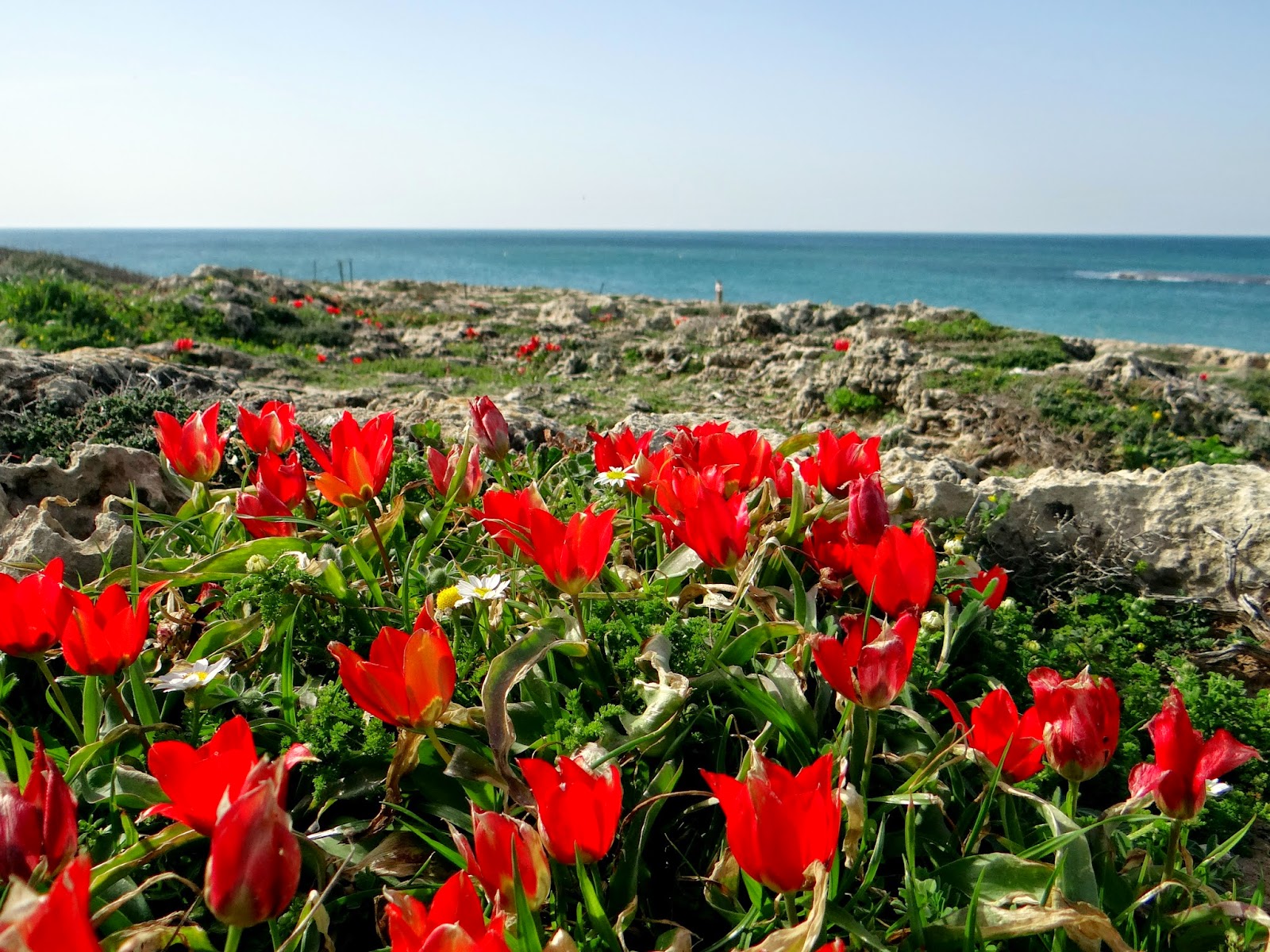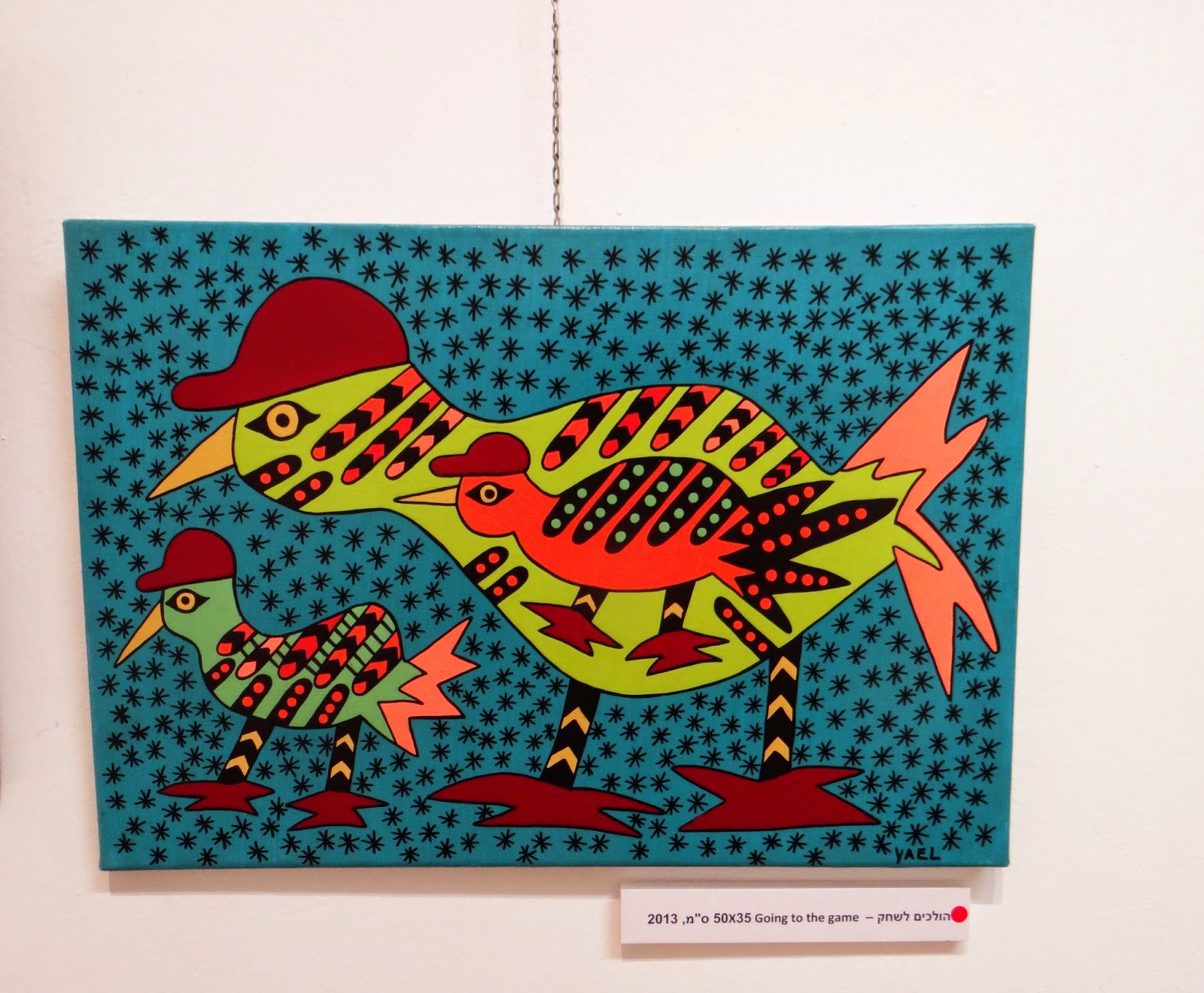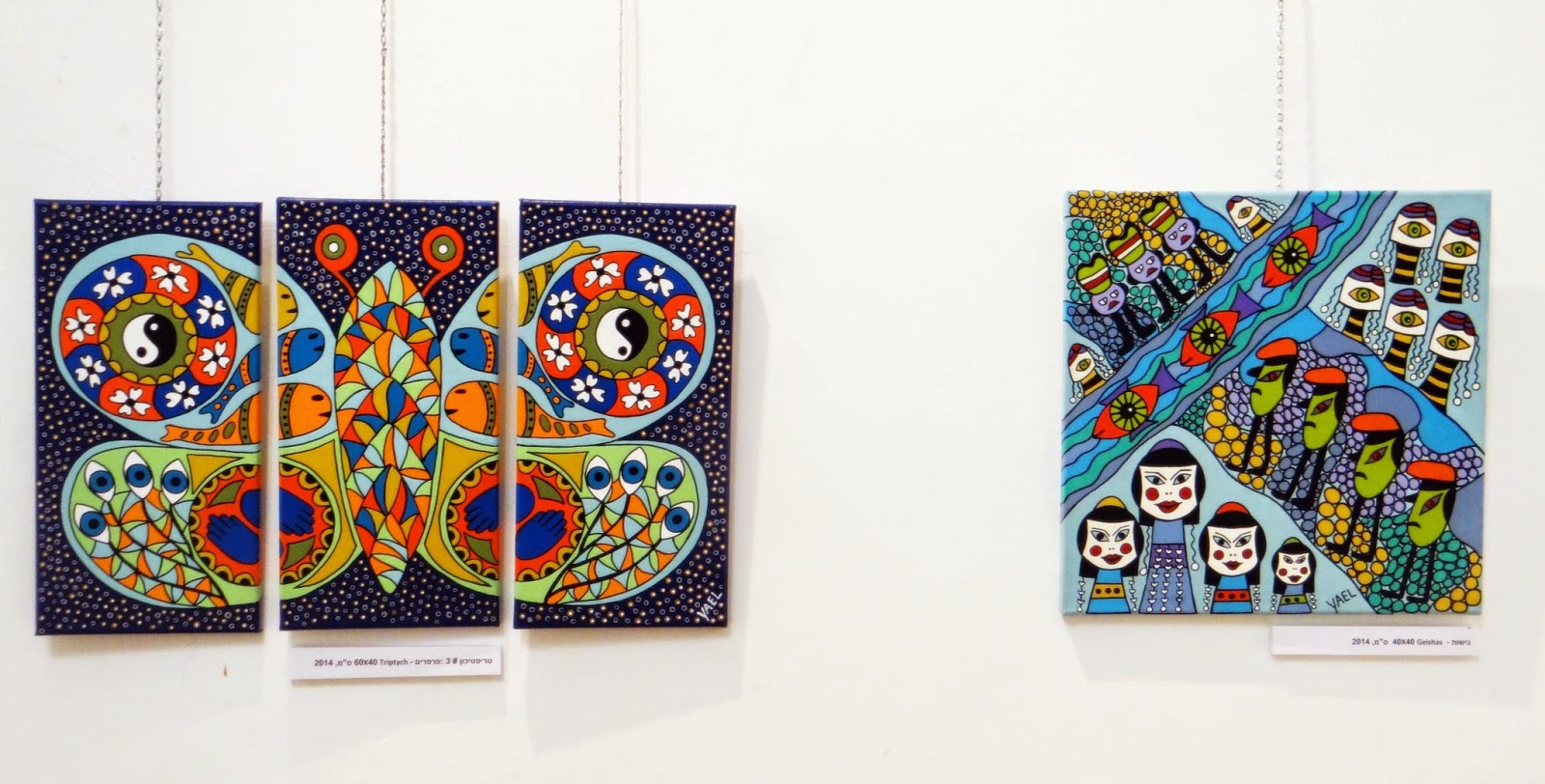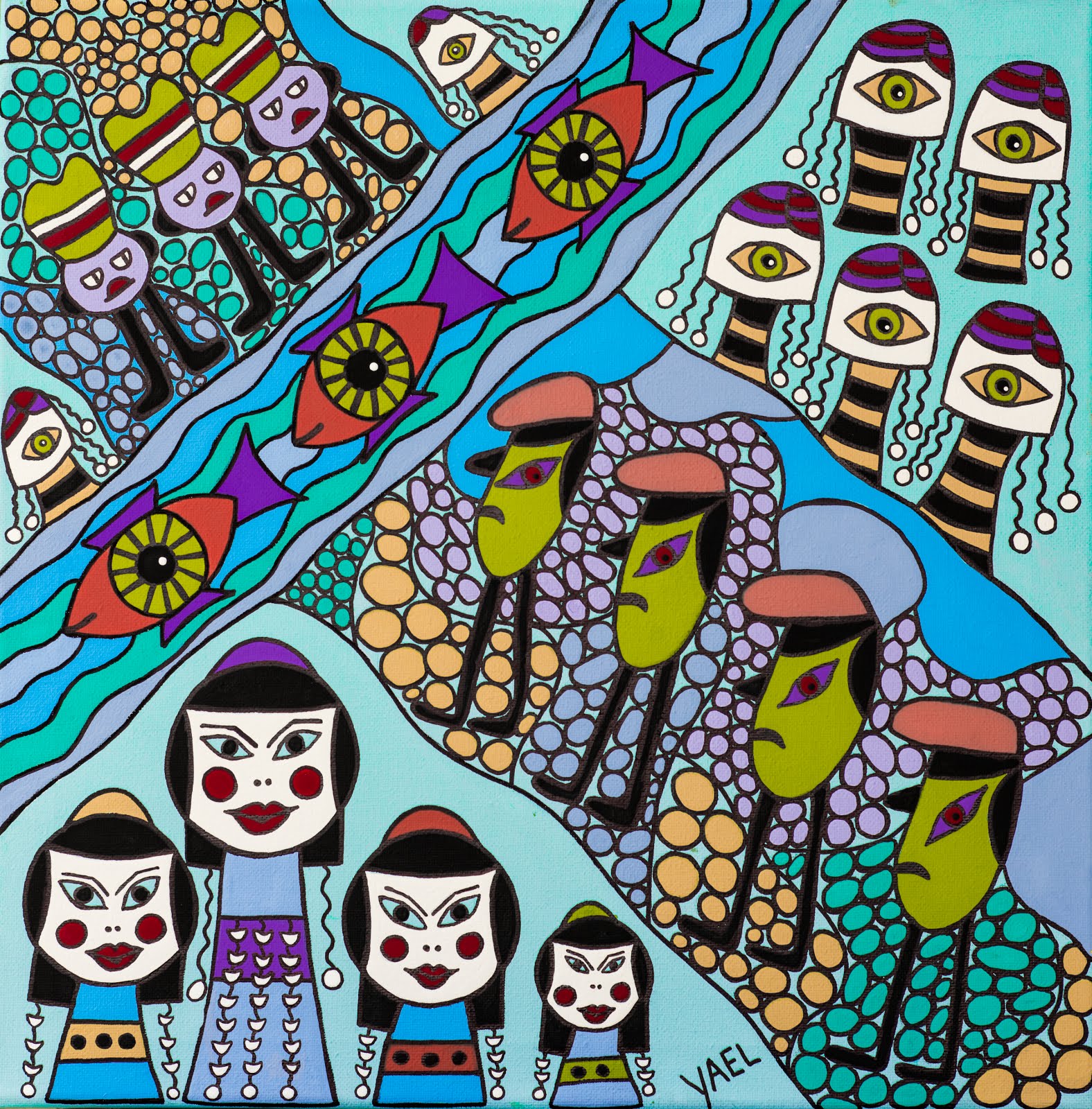Zvi March 2013
Today is election day in Israel, in a state that exists only for 67 years.
One day 1943 in Berlin, it was the 27th of February exactly, a 16 year old Jewish boy, named Heinz Zvi Abrahamson, came home from his work as a forced laborer for the German armaments industry. He found the apartment of his family in the Zehdenickerstrasse sealed. A Christian neighbor told him his parents had been taken by the Gestapo and were waiting for him at the Synagogue in the Levetzowstrasse, which had been converted into a transit camp by the Nazis. In an instant he knew he had to come to a decision. It was clear to him that joining his parents would mean certain death. He chose to go underground and to fight for his life. According to the later found documents of the Gestapo, his parents were sent some days after it to Ausschwitz and murdered there. Zvi came to Israel in 1948, at the age of 20, without his own family, but with a new one, one that had adopted him already in his terrible last years in Germany. Times later he married, he has two daughters and a son. As of today he has 9 wonderful grandchildren.
I met Zvi more than 30 years later, after I married my Israeli husband and came to live here. Zvi's wife Esther is my husbands cousin, their mothers were sisters. I was, together with my daughters, lovingly integrated in Zvi's family, they became my family. We celebrated many holidays together, barbeques, birthdays and other family events. Zvi never talked very much about his youth in Nazi Germany.
Zvi and my granddaughter Yasmin, Passover April 2010
About three years ago he brought to our home a large folder to look at. He had written his story. He had told it in his mother language German and he asked us to read it. There were many many pages. I started reading. His story was so sad that I was often in tears and half way through I stopped and turned the folder over to my husband. He sat with it for some evenings till he finished reading it. To make it short, after a while it turned out that I did some editing of the book in German, and later my husband translated it into Hebrew.
Zvi has had already a difficult childhood in Berlin. Born in 1927 he soon was a witness to and a sufferer of the changes that happened to the Jewish community after the Nazis came to power. The family succeeded in getting Zvi's younger sister Betty in 1939 via England out of Berlin to Australia. After Zvi went into illegality at the young age of 16, his life changed from bad to worse so dramatically that I wonder how he survived at all. In his memoirs he tells about the challenges of hiding from the authorities, from the Gestapo, from their spies, and how often he almost not escaped danger. He tells of freezing cold winters, not being able to keep warm, not having enough clothes, no shelter. He speaks of sleeping in houses destroyed by bombs, in demolished cellars, in abandoned garden huts. How hard it was to find food, he never had enough to eat. He narrates about the loneliness, the sadness, the despair, the longing for his family. No possibility to shower or to wash. Never being able to be sure whom to trust and whom to fear. He tells how he was caught twice, beaten almost to death, losing his teeth in the act, rescued in the last moment by sheer force of chance. But he also tells about good people helping. About finding friends, people who were in the same misery. About being adopted and integrated into a new family, getting a brother, Gad, and a sister Mirjam. I met Gad, and Mirjam I remember very well from Passover celebrations in Eshter's and Zvi's home. They both have passed away since.
 These days Zvi is in Germany, in Berlin. He is accompanied by his daughter Merav and her husband. A TV crew welcomed them at the airport and a documentary is being filmed about Zvi's life in Nazi Berlin. They visit the old places. Here is the house where he last lived, Zehdenickerstrasse 2. He even went into the apartment, the nice dwellers living there today agreed to it. It was warm and cozy there and I remember how he tells in the book that during his childhood it was difficult to heat the flat in winter.
For my German readers here is the first paragraph of Zvi's story:
These days Zvi is in Germany, in Berlin. He is accompanied by his daughter Merav and her husband. A TV crew welcomed them at the airport and a documentary is being filmed about Zvi's life in Nazi Berlin. They visit the old places. Here is the house where he last lived, Zehdenickerstrasse 2. He even went into the apartment, the nice dwellers living there today agreed to it. It was warm and cozy there and I remember how he tells in the book that during his childhood it was difficult to heat the flat in winter.
For my German readers here is the first paragraph of Zvi's story:
"Es ist einer der
letzten heißen Sommertage im September 2010. Mit meiner Frau Esther sitze ich am
einzigen Ort in unserem Haus, an dem wir die Hitze ertragen können, auf der
Terrasse. Seit zwölf Jahren leben wir in Ra’anana, einem Vorort von Tel Aviv.
Von der Terrasse aus können wir fast bis zum Meer blicken. Am Abend genießen
wir von hier aus den Sonnenuntergang. Hier draussen feiern wir auch am
juedischen Neujahrstag unser jaehrliches Familienfest. Die ganze Familie, die
im Laufe der letzten Jahre auf zwei Generationen und 34 Personen herangewachsen
ist findet sich zusammen.
Meine
Familiengeschichte fing mit meiner Einwanderung in Israel im Jahre 1948 an.
Zusammen mit der Familie Beck kam ich, zwanzig Jahre alt und alleinstehend nach
Israel. Das Ehepaar Beck hatte mich nach dem Krieg in ihre Familie aufgenommen.
Die einzige Überlebende aus meiner unmittelbaren leiblichen Familie war meine
Schwester Betty. Sie konnte 1939 als kleines Maedchen nach Australien
auswandern.
Als wir vor 62
Jahren nach Israel kamen, hatten wir nichts. Die Nazis hatten in den Jahren
1938 bis 1945 das ganze Vermoegen der Juden in Deutschland beschlagnahmt und damit
derenVernichtung und Ermordung in Europa
finanziert.
Meine Frau Esther
wurde in Bagdad geboren. Sie war mit ihrer Familie aus dem Irak nach Israel eingewandert.
Daher sind wir eine gemischte Familie, aus dem Orient und aus Europa, vereint
in Israel. Das Land wurde zum Schmelztiegel für Juden aus über 70 Ländern.
Heute bin ich
umgeben von meinen Kindern und Enkeln und kann erstmals über meine
Vergangenheit sprechen. Dagegen habe ich mich lange Zeit gesträubt. Ich hatte
bei meiner Hochzeit im Jahr 1968 meinen Geburtsnamen „Abrahamsohn“ in „Aviram“
geändert. Ich wollte mit der Vergangenheit abschließen, all die schrecklichen Erlebnisse
und Erfahrungen hinter mir lassen und mir ein neues Leben aufbauen. Mein
geänderter Name sollte mir dabei helfen den Weg in die Ehe und die Zukunft zu
ebnen. Doch ich merkte, dass ich meine Vergangenheit nicht so einfach wie eine
Jacke ablegen konnte, sondern, dass ich sie mein Leben lang mit mir herumtragen
würde. Wie sollte ich mit dieser schweren Last der Erinnerungen umgehen?"

The memories of Zvi Aviram will be published soon, both in German and in Hebrew, and who knows, maybe they will be translated one day into English as well. A movie is planned too, and there will be this TV documentary. Zvi is 88 years old, good looking, energetic and healthy. We love you my friend, and we wish you many more good years here in Israel among all your dear ones. We wish that you will see the fruit of your efforts making your story known, to your children and grandchildren and to the world.

Zwölf Jahre
lang waren wir in Deutschland von einer sich immer ausgeprägter entwickelnden
Terrorherrschaft bedroht. Von meinem sechsten Lebensjahr an, musste ich mich
vor Feinden schützen, die mich ständig umgaben. Unser Familien- und
Gesellschaftsleben war während der Naziherrschaft von der Terrormaschine
geprägt, die uns niemals in Ruhe ließ und uns vernichten wollte. Die Verfolgung
erreichte den Höhepunkt mit der systematischen fabrikmäßigen Ermordung des
europäischen Judentums. Während ein Teil der deutschen Juden noch rechtzeitig
aus Deutschland auswandern konnten, bevor der Terror die schlimmsten Ausmaße
annahm, gelang das mir und meinen Freunden nicht. Nur durch unsere eigene
Initiative, durch Zufälle, Glück, und oft die uneigennuetzige Hilfe von
Christen, gelang es uns diese Zeit durchzustehen."
All the photos in Berlin by Merav and Moti Krispil.















































